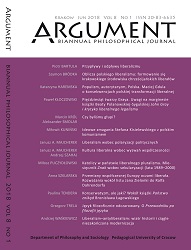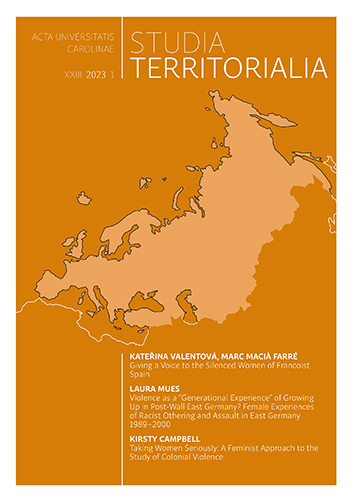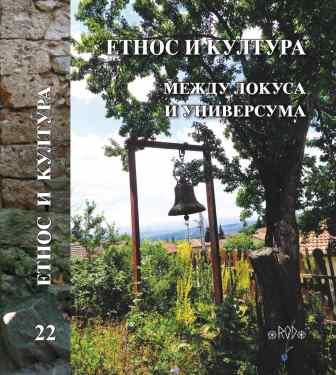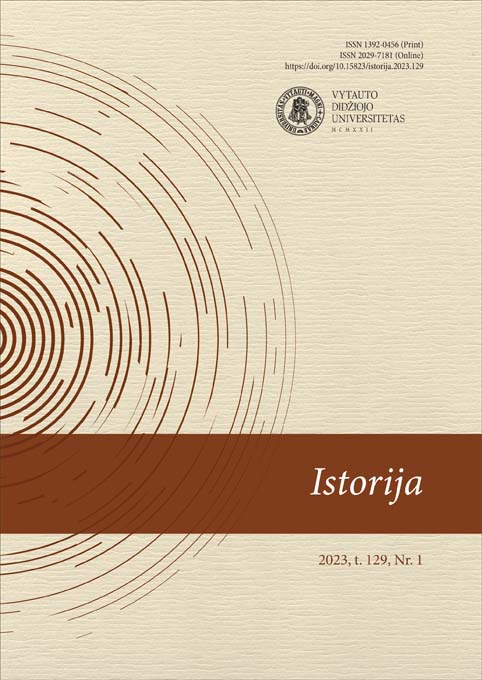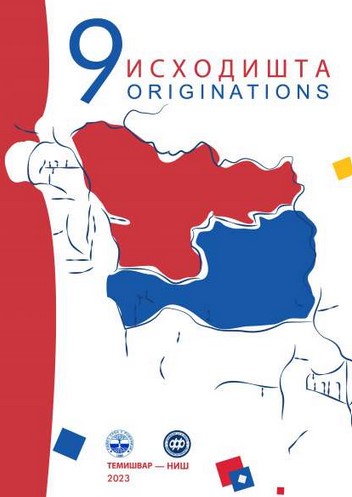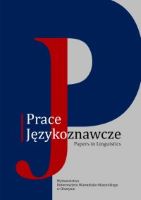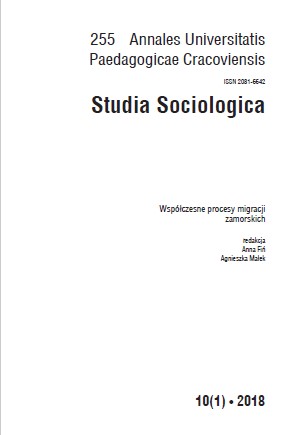
(red.) Grażyna Firlit-Fesnak, Justyna Godlewska-Szyrkowa, Cezary Żołędowski: Migracje i migranci w pismach Ludwika Krzywickiego, Floriana Znanieckiego, Józefa Chałasińskiego. Wybór tekstów
Review of: Anna Karnat - Migracje i migranci w pismach Ludwika Krzywickiego, Floriana Znanieckiego, Józefa Chałasińskiego. Wybór tekstów, (red.) Grażyna Firlit-Fesnak, Justyna Godlewska-Szyrkowa, Cezary Żołędowski, Oficyna Wydawnicza Aspra, Warszawa 2013, s. 232
More...
